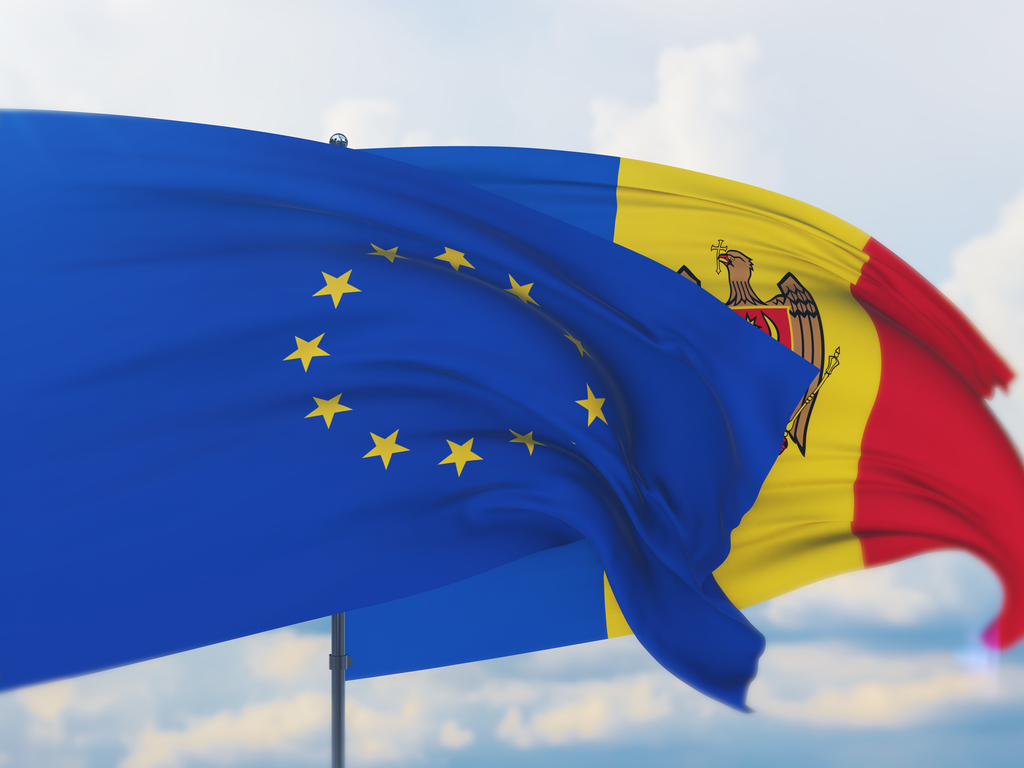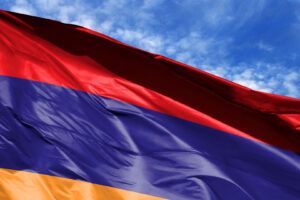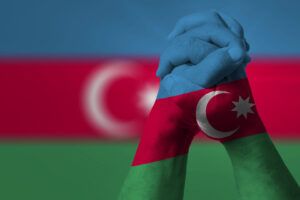Ion Tăbârță, political expert, Institute for Development and Social Initiatives (IDIS) „Viitorul”
This May, foreign ministers of Ukraine, Georgia, and Moldova signed a memorandum on the establishment of the Associated Trio for the joint successful European integration of the three countries. In less than a month, on June 24th the three countries made their first joint visit to the EU institutions in Brussels in the format of the Associated Trio. In July, the Heads of State of Georgia, Republic of Moldova and Ukraine have gathered in Batumi, Georgia to strengthen the trilateral cooperation on European integration.
StrategEast has interviewed leading experts from EaP countries to find out more about the countries’ EU aspirations in light of these events.
What is the fundamental difference between the Associated Trio and EaP formats?
At the time of the initiation of the Eastern Partnership (EaP), the European Union (EU) included the 6 post-Soviet states – the Republic of Moldova, Belarus, Ukraine, Azerbaijan, Armenia and Georgia – in the same institutional package based on their geographical location and common experience. within the USSR, without distinguishing between them. The central message of the Memorandum of Understanding on Cooperation in European Integration, signed on May 17 in Kiev by the Republic of Moldova, Ukraine and Georgia, is that a clear signal is being sent to Brussels – it is time for the EU to differentiate between these three countries of the other three and that it is time for the three states to be clearly told that they have the prospect of integrating into the European Union.
The difference between the Republic of Moldova, Ukraine and Georgia, on the one hand, and Belarus (which recently suspended its participation in the EaP) Azerbaijan and Armenia, on the other, is that the first three made certain commitments by signing on 27 June. 2014 of the Association Agreements (AAs) in order to advance the dialogue with the EU. The memorandum establishing the Associated Trio of the Republic of Moldova, Ukraine and Georgia within the EaP is very good as an initiative, aiming for these states to coordinate their actions in order to advance in the dialogue with the EU. The other EaP countries – Belarus, Azerbaijan and Armenia – have other priorities in their relations with the EU than European integration.
The Republic of Moldova, Ukraine and Georgia want to relaunch the EaP by stepping up their political and economic integration into the EU space, which will eventually lead to their accession to the EU. For the Republic of Moldova, Ukraine and Georgia, AA with the EU, which they undertook to implement on June 27, 2014, is not the ultimate goal in the relationship with Brussels. The ultimate goal is the integration of these states in the EU, the initiative of this association coming precisely from them, and not from the European Union.
But this common message of the Republic of Moldova, Ukraine and Georgia to the EU, in order to “come to life” and become viable in Brussels, needs to be accompanied and strengthened by solid internal arguments, namely the successful implementation of the AA. Unfortunately, the Republic of Moldova, Ukraine and Georgia are seriously behind in terms of reforms, which cannot give them the necessary arguments at the current stage in the dialogue with the EU to promote the idea of their integration into the European community. The success of the Associated Trio is directly dependent on how the three states move in terms of reforms, so that in the future they have the necessary arsenal in the dialogue with the EU to advance the idea of their European integration.
Does the creation of the Associated Trio mean the ending of the EaP format and the actual split of the EaP countries into two separate groups, building separate relations with the EU?
The Associated Trio does not represent the end of EaP, but a more advanced phase of it. We can draw an analogy with the EU’s EaP and European Neighborhood Policy (ENP), launched in 2004 in the context of the enlargement of the European Union to the east and south. It is well known that EaP derives from the ENP for the eastern direction of the EU’s borders, just like the Union for the Mediterranean (UfM) which refers to the southern borders of the European Union. In 2009, the general framework of the ENP was structurally complemented by the launch of the EaP as a policy initiative covering only the 6 post-Soviet states on the EU’s eastern border.
The EaP remains an important tool of the ENP because it is a dimension that places the EU’s focus on Eastern Europe on the six countries in the Eastern Neighborhood, whether or not they want a European perspective. EaP refers not only to the EU’s relations with officials from the 6 countries, but also to the participation of other actors in these states such as: civil society, local authorities, the business environment and other non-state actors. In addition to the multilateral dialogue between the EU and the six states as a whole, the EaP is also important through the bilateral relations between the EU and each state of this regional instrument.
After 10 years, the implementation of the EaP required an EU approach that differentiates between the states participating in the EaP and implementing the political association agreement with the European Union and those that are reluctant to deepen its political relations with Brussels. Therefore, somewhere it has naturally crystallized the fact that in the states where there is a maximum interest to deepen European integration, new institutional tools are needed to increase the intensity of relations between the European Union in order to make more efficient the implementation of these Association Agreements.
Furthermore, the relations between the Republic of Moldova, Ukraine and Georgia with the EU will remain to be determined by the institutional framework of the EaP. The Associated Trio is rather a communication platform between states that comes to officially replace the interstate format of GUAM (Georgia, Ukraine, Azerbaijan and the Republic of Moldova).
Can we expect other EaP countries to join the Associated Trio?
At present, there is no question of other EaP states joining the Associated Trio. Azerbaijan does not propose a political association with the EU for fundamental reasons related to the practical application of democratic norms and values, which the two sides see as completely different. Deepening relations between Azerbaijan and the EU can take place in the economic field (the EU is Azerbaijan’s largest trading partner), especially in the energy sector. There is a Strategic Energy Partnership between the EU and the Azerbaijani state, which was concluded in 2006. Since 2010, the EU has been in talks with Azerbaijan on a new comprehensive agreement between the parties, which should replace the 1996 Partnership and Cooperation Agreement (in force since year 1999) to correspond more adequately to the imperatives of the moment.
The relations between Armenia and the EU are approximately similar, with the deepening of the dialogue between the parties taking place in the economic field. Unlike Azerbaijan, there are no fundamentally opposing views on democratic values and norms between Armenia and the EU, but Armenia is in a complicated geopolitical environment for the security of its statehood. Therefore, the Armenian state is forced by geopolitical interests to orient itself in foreign policy towards Russia, which does not agree with the political proximity of post-Soviet countries to the EU. For these reasons, Armenia joined the Eurasian Economic Union (on 2 January 2015), after which the negotiation process for an association agreement with the EU was suspended. On 24 November 2017, the EU and Armenia signed the Comprehensive and Consolidated Partnership Agreement, which updated the EU-Armenia Partnership and Cooperation Agreement in force since 1999. Armenia-EU relations in the legal and political framework compatible with Armenia’s commitments within the Eurasian Union.
Among the EAP countries, the EU has the most complicated relations with Belarus, caused by the extremely complicated situation of fundamental human rights in this country. Since 2004, the EU has more than once introduced restrictive measures against Belarus. Following the fraudulent presidential elections in August 2020 by the authoritarian regime in Minsk, relations between the EU and Belarus have steadily deteriorated. Belarus’s exit from the EAP, announced on June 28, 2021, only confirms the crisis in relations between the Belarusian state and the EU. Paradoxically, if there is an expansion of the associated Trio in the future, then the next state that has the most chances to join this format is Belarus. The prospects for relations between Belarus and the EU will be clearer after the fall of the dictatorial regime in Minsk. The mass protests of the Belarusian people after the fraud of the August 2020 elections have made it clear that Belarusian society wants a democratic future for the development of its own country.




